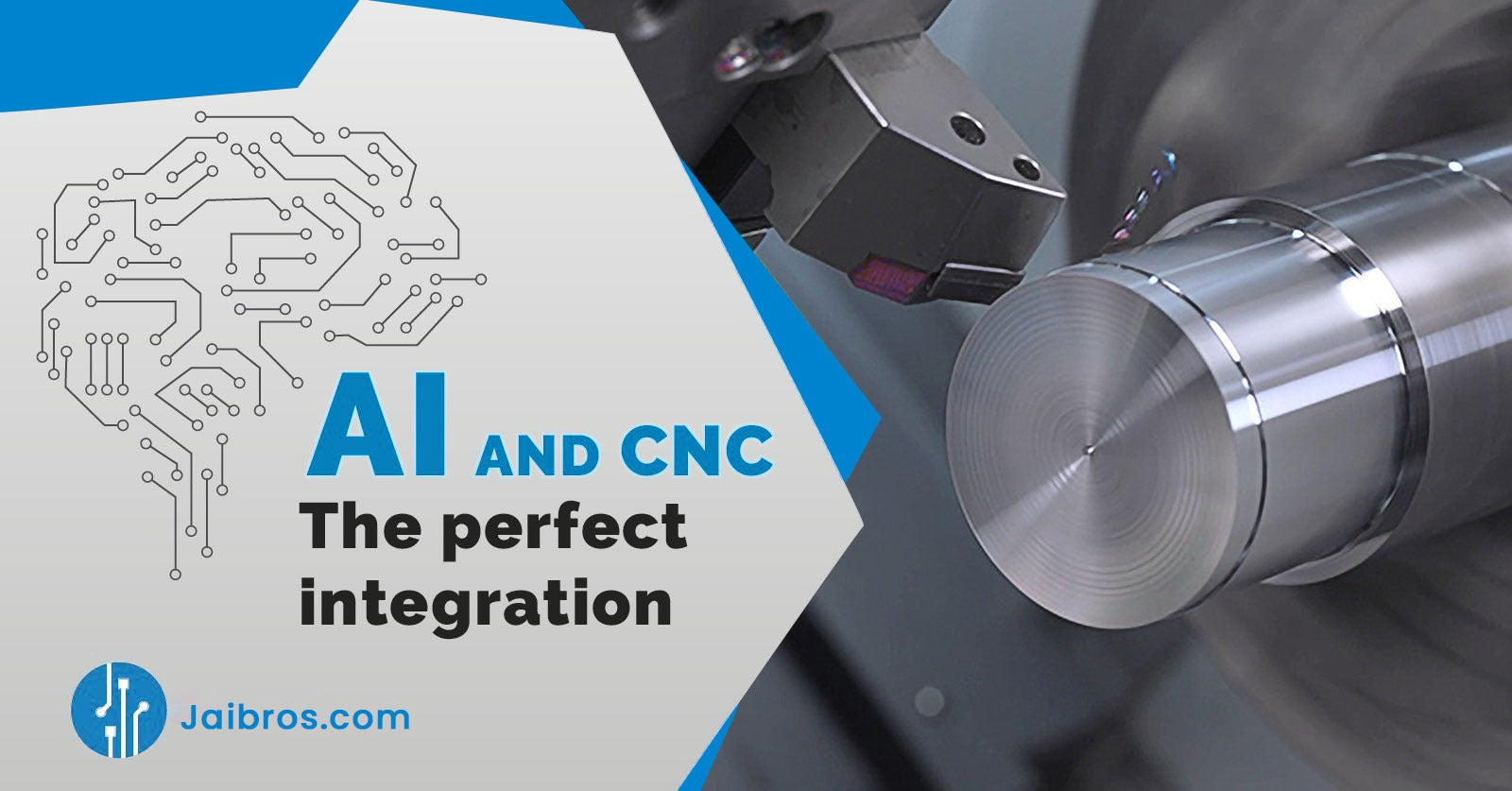Introduction
Computer numerical control, or CNC, machining has undergone tremendous change as a result of the introduction of artificial intelligence (AI). By 2024, artificial intelligence (AI) will have become a fundamental component of CNC machining, transforming conventional methods and opening the door to increased productivity, accuracy, and creativity. This blog examines how artificial intelligence (AI) is transforming CNC machining, emphasizing significant advancements, financial effects, and the technology's prognosis.
AI-Powered Design and Production Enhancement
Integrating AI-assisted design and manufacturing optimization tools is one of the biggest developments in CNC machining. These technologies are changing how engineers and manufacturers approach design processes; Siemens Solid Edge 2024 is one example of a platform that demonstrates this.
Predictive Associations for Assembly
AI's ability to anticipate assembly relationships can greatly streamline the design process. Artificial Intelligence lessens the need for manual adjustments and trial-and-error methods by comprehending how different components fit and interact. This capacity guarantees a higher level of accuracy and dependability in the finished product while also speeding up product development.
Increased Productivity
More effective operation management results from AI's capacity to optimize manufacturing processes. Artificial Intelligence (AI) can make recommendations for improvements that decrease waste, shorten manufacturing times, and improve overall efficiency by evaluating data from past projects and present operations. This optimization is essential in a cutthroat industry where a company's bottom line can be greatly impacted by time and cost reductions.
Analyzing and maintaining information more effectively
One of AI's most potent qualities is its capacity for rapid and accurate analysis of enormous volumes of data. By combining Industrial Internet of Things (IoT) devices and sensors to collect real-time data from machines and production lines, this capability is revolutionizing the field of CNC machining.
Processing Data in Real Time
AI algorithms process and analyze this data to provide insights into the current state of industrial processes. This real-time analysis enables quick modifications to production parameters and machine settings, guaranteeing peak performance and lowering the possibility of mistakes.
Predictive maintenance
Predictive maintenance is arguably one of the most significant uses of AI in CNC machining. Artificial intelligence (AI) can forecast when a machine will likely need maintenance by continuously monitoring the state of machinery and evaluating trends in the data. This proactive strategy eventually results in more dependable and efficient production operations by minimizing downtime, extending equipment life, and lowering maintenance costs.
Gains in Productivity and Economy
Considerable increases in productivity and economy are being driven by the incorporation of AI into CNC machines. By optimizing operations, minimizing waste, and enhancing efficiency, AI can result in cost savings and higher productivity.
Cost-Effectiveness
Artificial Intelligence minimizes the amount of raw material wasted during production by enabling more accurate and effective machining processes. Significant cost savings result from this waste reduction, particularly in sectors of the economy where raw materials account for a large share of manufacturing expenses.
Increasing Productivity
Artificial intelligence (AI)-powered automation and real-time data analysis enable uninterrupted operation without requiring human involvement. By enabling 24/7 production cycles and boosting the quantity of items that can be produced in a given amount of time, this feature improves productivity.
Sector Transition and Prospects
The manufacturing sector is about to undergo a complete transformation because to the use of AI in CNC machining. It is anticipated that as AI technology develops further, it will become more deeply integrated into CNC operations, resulting in increasingly complex and automated manufacturing systems.
Smart Factories' Ascent
The creation of smart factories, where AI and IoT technology combine to create completely automated and intelligent production environments, is one of the most promising prospects. These factories use AI to optimize supply chain management, quality control, design, and production—all areas of manufacturing.
The Metaverse of Industry
As we go further ahead, the idea of the industrial metaverse is beginning to take shape. This virtual environment creates a fully integrated, immersive management and optimization environment for manufacturing processes by fusing digital twins of physical assets with AI and IoT. The industrial metaverse offers previously unheard-of levels of efficiency and creativity, and it promises to completely transform the way businesses create, manufacture, and maintain their goods.
Conclusion
The use of AI in CNC machining is changing the face of the sector and ushering in a new era of accuracy, effectiveness, and creativity. The integration of artificial intelligence (AI) is revolutionizing traditional manufacturing techniques and laying the groundwork for a more sophisticated and automated future. Examples of these developments include AI-assisted design, predictive maintenance, smart factories, and the industrial metaverse.
The continuous development of AI technology will surely spur more breakthroughs in CNC machining as time goes on, creating new opportunities for producers and raising the bar for quality in the sector. AI-powered CNC machining seems to be more inventive, clever, and efficient than it has ever been in the past.

